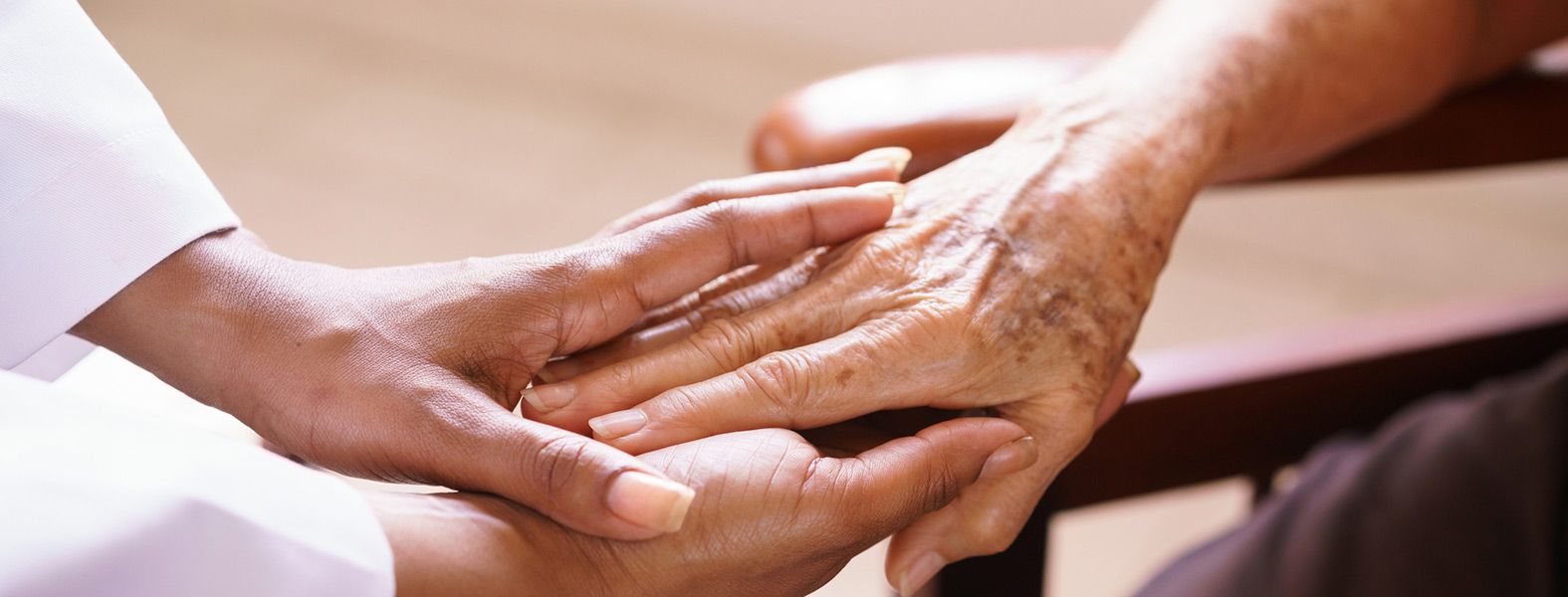For anyone interested in becoming a caregiver, the first step is to get a CNA license. This not only provides certification, but enables that caregiver to apply for jobs in many healthcare settings. Certification requires CNAs to complete at least 75 hours of state-approved training. In most classes, clinicals are used towards the end of the course to provide a hands-on experience. CNA classes in the Omaha area are comparable in price (usually around $400-450).
Obtaining a Medication Aide license goes a step further and enables that caregiver to pass medications in-home or in community settings. A 20-hour Med Aide certification allows you to pass meds in a home setting, while a 40-hour certification enables you to pass meds in a facility. The 40-hour certification is highly recommended in that it will allow you more options for placement and hours. CMA classes generally cost between $300-$350.
If your CNA or CMA license has lapsed or is inactive, refresher courses are available that will enable you to reactivate your licensure. Prices for these classes vary.
Classes for both CNA and CMA certification can be taken in the classroom or online, and prices vary based on the institution and course offerings and inclusions. Make sure to double check with your state requirements to assure that your program is state-certified.
Find the course that’s best for you and your career aspirations by following the links below.
CNA and CMA classes in the Omaha area
Nebraska Methodist College
- Four week on-campus program or six-week online hybrid program
- www.methodistcollege.edu
Quality CNA/CMA Classes
- 76-hour course
- Payment plans available
- www.qualitycnacma.com
Metropolitan Community College
Clarkson College
Promise Healthcare Training Center
- Two-week training
- www.promisehealthcaretraining.com
Midland University





 Every second matters when dealing with a victim of cardiac arrest. If you are in public, look for signs that would indicate where to find the device. Many schools, gyms, and doctor’s offices are required to keep the devices onsite. Other local establishments such as restaurants, government buildings, and offices commonly keep AED’s in the event of an emergency.
Every second matters when dealing with a victim of cardiac arrest. If you are in public, look for signs that would indicate where to find the device. Many schools, gyms, and doctor’s offices are required to keep the devices onsite. Other local establishments such as restaurants, government buildings, and offices commonly keep AED’s in the event of an emergency.